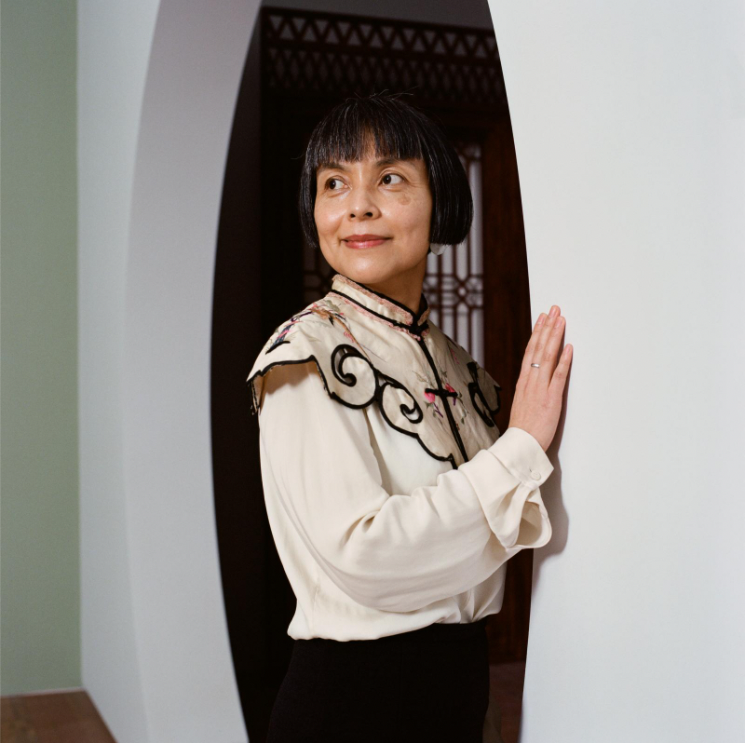The third outpost of Beijing’s Forbidden City museum will show never-before-seen treasures from China and the Louvre, with the latest technology that brings life to ancient dynasties.
As the deputy director of the Hong Kong Palace Museum, Dr Daisy Wang’s daily tasks might involve finding the perfect crate for a five-metre-long 17th-century Parisian tapestry to be shipped from the Louvre, or sourcing a glass case designed to keep centuries-old paintings at the optimal humidity. Add to this back-to-back morning meetings—sometimes three by 10am—and Wang, a small woman with a signature bob haircut, would be forgiven for showing sign of weariness; there are none. She tells Tatler enthusiastically: “We’re just so excited about the opening as we have all the good museum ingredients: a beautiful building, expensive cases and beautiful artworks.”

There are certainly reasons to be enthusiastic. When it opens in July, the HK$3.5 billion museum, funded by the Hong Kong Jockey Club, will be the new home to a total of 914 artefacts from the Beijing Palace Museum, 166 of which are grade I items. Dr Louis Ng, director of the Hong Kong Palace Museum, explains that the Chinese government rates the 64 million items in the collections of China’s 8,000 museums into three categories based on their historical significance; only 200,000 of them are grade I.
Don't miss: How an Art Museum Director Spends Her Day: From Instagram to ‘Unlocking Historical Secrets’









